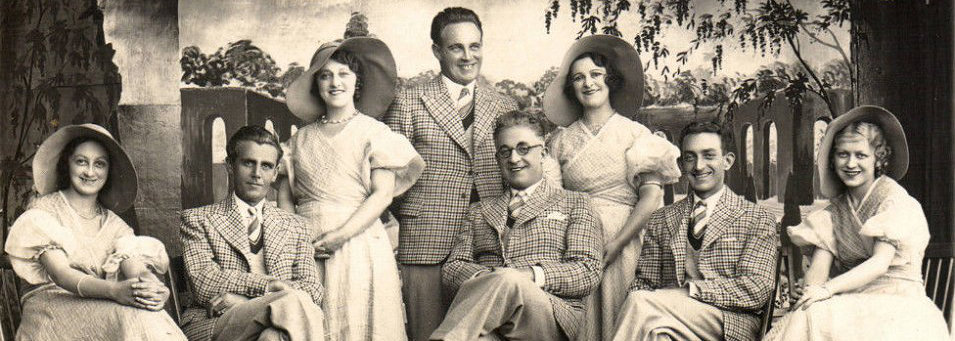…the people and families of Morecambe…
Morecambe takes its name from the bay which provides a foreground to its famous views of the Lake District hills.
Morecambe grew around the village of Poulton-le-Sands from the mid-nineteenth century onwards when a railway line, the Little North Western, was pushed through from Leeds and Bradford to a new harbour on the shore of Morecambe Bay. The present day Stone Jetty formed the harbour’s western wall.
The railway brought not only goods and passengers for destinations further north and west, but visitors to the seaside in need of refreshment, entertainment and accommodation. Morecambe grew in response to these needs through the second half of the nineteenth century and, as a result, still has a rich and varied collection of Victorian buildings. These include the Winter Gardens (1897) and Park Hotel (1900) as well as a host of smaller buildings and terraces. Schools and churches (several by the Lancaster architects Sharpe, Paley & Austin) mark the growth of Morecambe’s resident population at this time.
After a lull, Morecambe enjoyed a second period of growth in the 1930s. Despite the Depression at the start of the decade, working people were becoming more affluent and so a seaside holiday became more realistic for many. The end of the decade also saw paid holidays become enshrined in law. Morecambe’s 1930s boom years saw the new Midland Hotel (1933) and lido (the Super Swimming Stadium of 1936) as well as pier pavilions, cinemas, shops, stores and private housing all in Art Deco style.
While Morecambe still attracted the crowds through the 1950s and 1960s the cracks were beginning to show. The new package holidays with guaranteed sunshine began to make the traditional British seaside holiday look second best. Meanwhile boarding and guest house owners began to explore new ways of filling their rooms.
This all meant that Morecambe, like many other seaside towns, fell into decline. Attractions were neglected, seaside shows closed as they struggled to find audiences and many of the places that had once thronged with visitors became bleak wastelands as buildings were demolished. Day trippers had replaced the week or fortnight’s holidaymakers of old.
Recent years have seen Morecambe’s hopes repeatedly rise and fall as grandiose schemes have come and gone, and the town has struggled to find a new identity. However, Morecambe still has its gifts of nature and history and, at the end of the season at least, the famous sunsets can’t be switched off or the shutters brought down on the views across Morecambe’s Bay.
Peter Wade
![]()




